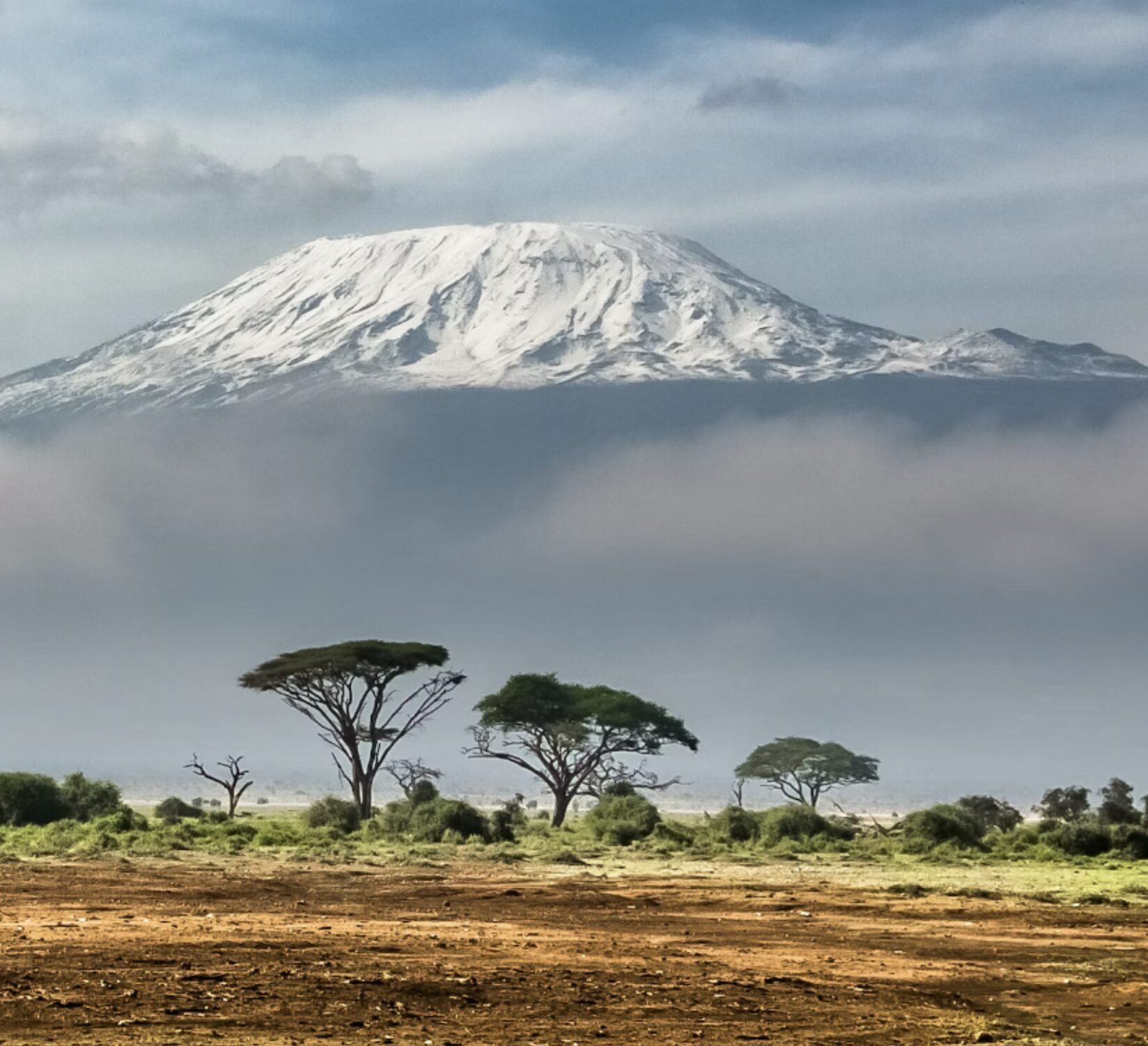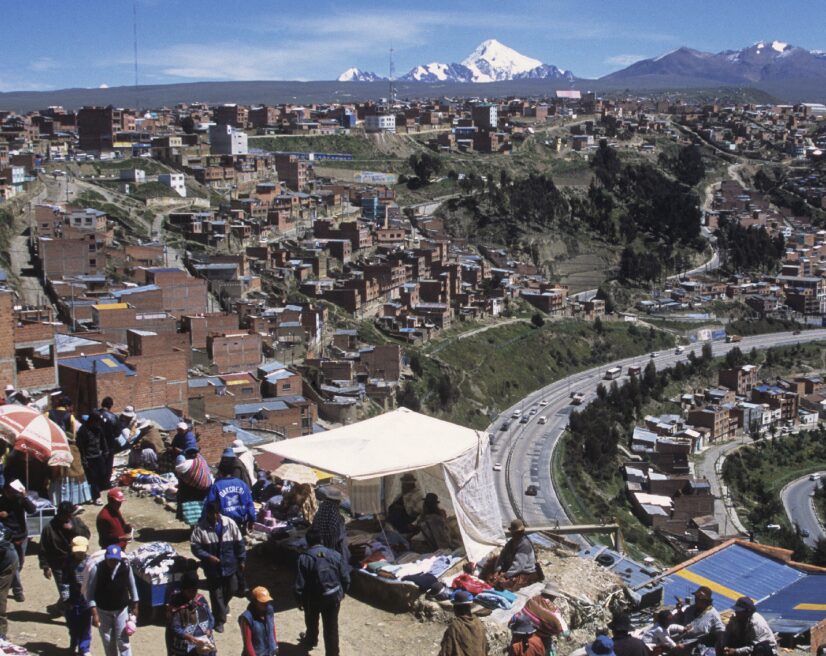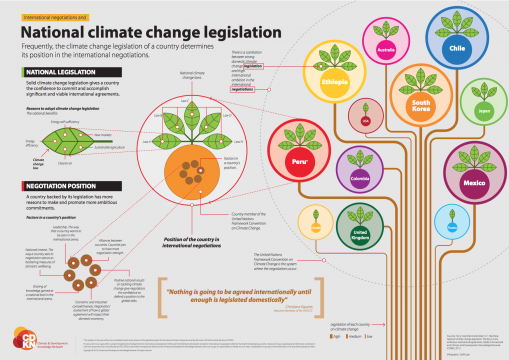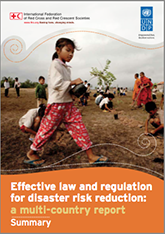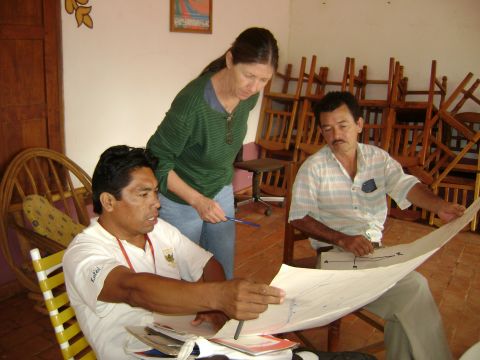legislation
Adaptation to climate change in the mountains of East Africa
Learn about the challenges of climate change in the mountains of East Africa (the Rwenzori, Virunga, Mount Elgon and Mount Kilimanjaro), and hear examples of adaptation actions in this short video!
Irreversible changing climate in alpine Switzerland: Can we adapt?
Learn about how climate change is affecting the Swiss Alps and examples of adaptation actions in this short video!
Responding to climate change in the mountains: Opportunities for parliamentarians to act – Issue Brief
Explore this issue brief which aims to help parliamentarians address climate change in mountains by providing them with an understanding of how climate effects create downstream repercussions, and by identifying policies and actions they can take across the range of potential impacts.
Climate Information and Services: UN CC:e-Learn tutorial
This UN CC:e-Learn tutorial introduces climate information and services and their application in decision-making. It specifically aims to build capacities of African decision-makers.
Infographic for communicators: National Climate Change Legislation
CDKN has launched a new infographic that illustrates the connections between countries’ domestic laws on climate change and their ambition in global climate talks.
Effective Law & Regulation for Disaster Risk Reduction
Understanding user needs is essential to delivering a climate service that enables the appropriate use of climate information in decision-making. This includes understanding what sources of data and information are trusted by the users.
The resources below provide examples of and guidance, tools and methods for exploring user's (climate and non-climate) data and information needs.
Questions to consider in this step include:
What are users’ detailed (climate and non-climate) data and information needs (e.g. particular parameters, scales etc.) for risk and vulnerability assessments and identifying, appraising and evaluating adaptation options?
What decision support method(s) are suitable for the appraisal and evaluation of adaptation options? What data and information needs are required for these methods? (linked to Step 6)
What existing data and information is available, and are these trusted sources? Which actors hold this data and information (linked to Step 4)?
La dimensión jurídica del Ordenamiento Territorial: cómo un análisis regional para el Bosque Chiquitano tiene el potencial de impacto a escala nacional
Your website, using weADAPT technology
We are offering the opportunity to take advantage of all the features that you see on weADAPT. Partner websites will appear as fully independent sites with independent URLs and unique website design.
They will use the same keyword tagging system used on weADAPT, which helps to increase visibility in online searches via popular search engines, and via searches made by weADAPT’s 6000+ registered members and 120,000 annual, unique site visitors.
See some examples:
Adaptation at Altitude (Zoi Environment Network for SDC)
Adaptation Learning Network (Royal Roads University, Vancouver, BC)
Adaptation Without Borders (ODI, SEI, IDDRI)
Water Adaptation Community (Global Centre on Adaptation)
Climate Change Knowledge Hub (Islamic Development Bank)
Maximising the impact & synergy of climate change research & innovation - MAIA (BC3)
